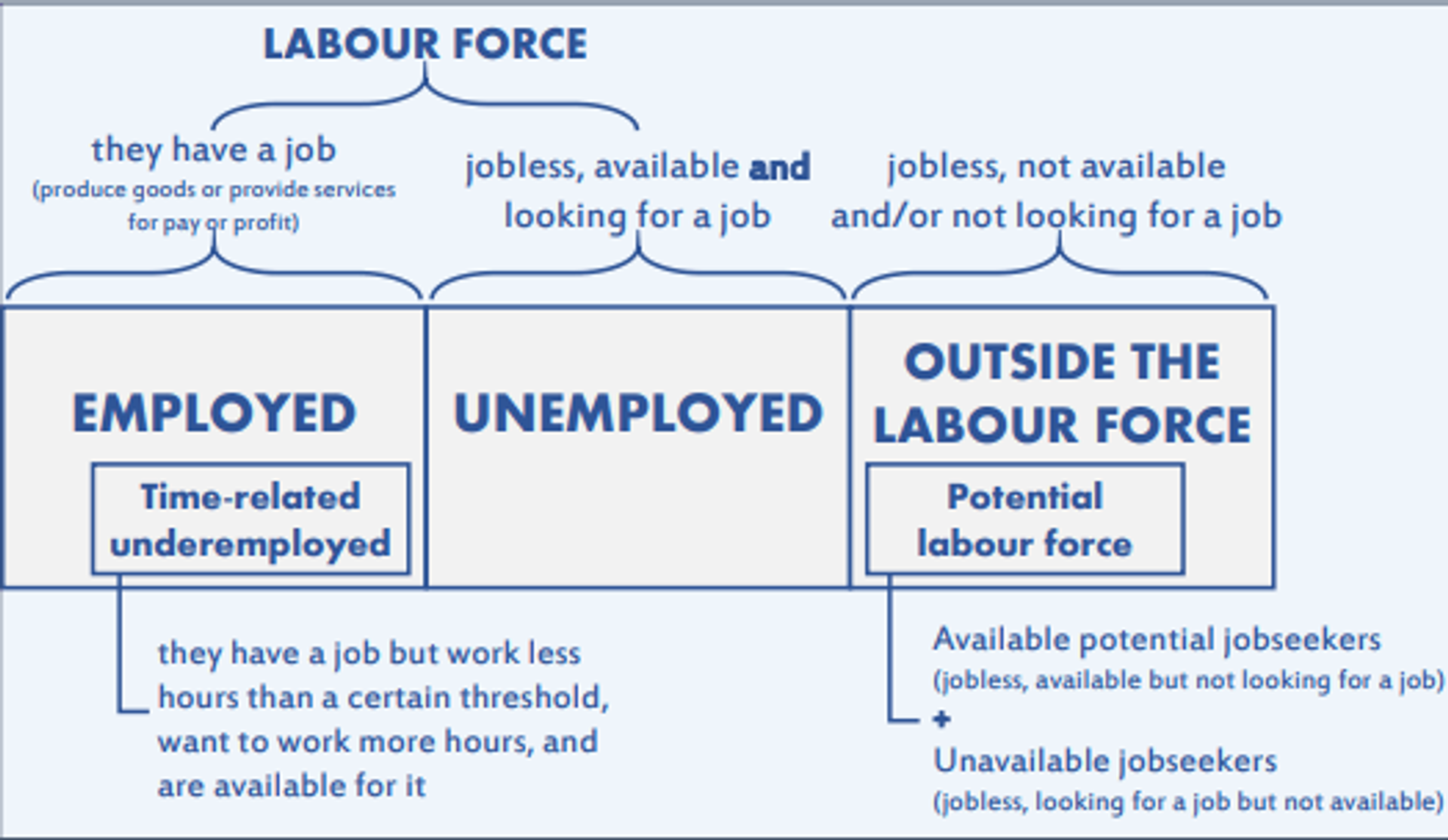Labor force
What is labor force?
Without a well-managed labor force, even the most robust business strategy remains theoretical and difficult to implement effectively. Learn what constitutes the labor force, why labor force planning is essential, and how modern HR tools can enhance labor force management.
What is the labor force?
According to the International Labor Organization (ILO), the labor force consists of both employed and unemployed individuals who represent the active supply of labor in the economy, participating in the production of goods and services in exchange for compensation.
In a corporate context, the labor force comprises all employees who contribute to business value and financial performance, including full-time staff and specialists working under contractual or outsourcing arrangements.
Who is not considered part of the labor force?

The labor force does not include individuals who are not actively engaged in employment or seeking work, such as:
- Retirees and pensioners (unless they are still employed);
- Unemployed students;
- Homemakers and individuals engaged in unpaid work (e.g., household production, volunteer work, unpaid internships);
- Discouraged jobseekers who have stopped looking for employment;
- Children and individuals with disabilities or other conditions preventing them from working;
- Individuals engaged in illegal employment;
- Investors and renters who rely solely on capital, interest, real estate, or investments for income without active employment.
Likewise, within a company, not every individual is part of its labor force. This category excludes:
- Customers, business partners, and investors;
- Individuals legally or medically unable to work.
What is labor force planning in HR?
Labor force planning (also known as workforce planning) in HR involves assessing personnel needs, ensuring the availability of skills, and aligning labor force capabilities with business goals. This process includes:
- Analyzing the current workforce – Evaluating employee competencies, demographic structure, and available human resources;
- Forecasting future staffing needs – Determining the number and types of employees required to execute the business strategy, while considering market trends and industry developments;
- Identifying skill gaps – Comparing current resources with future demands to pinpoint potential shortages or surpluses;
- Developing recruitment and development strategies – Planning talent acquisition, training programs, and internal promotions;
- Monitoring and optimizing strategies – Continuously assessing the effectiveness of workforce initiatives and adjusting them based on market conditions.
Benefits of labor force planning
The growth of the global economy relies on an active labor force, just as a company’s success depends on effective labor force management. A well-structured workforce plan delivers:
- Optimal resource utilization – Ensures the right number of employees with the necessary skills at the right time;
- Reduced hiring and turnover costs – Lowers recruitment expenses and employee churn by improving workforce stability;
- Enhanced productivity and efficiency – Aligns employees with suitable roles, boosting overall performance;
- Improved market adaptability – Enables quicker responses to technological advancements, industry trends, and customer demands;
- Prevention of labor shortages – Reduces the risk of labor gaps in essential business operations by ensuring a steady supply of qualified workers;
- Support for long-term business growth – Facilitates employee skill development in alignment with strategic goals;
- Better cost management – Optimizes budgets allocated for salaries, training, and other employment-related expenses;
- Higher employee satisfaction and engagement – Clear career paths and development opportunities increase motivation and loyalty;
- Increased competitiveness – Effective labor force management enhances business differentiation through superior products and services;
- Greater diversity and inclusion – Labor force planning promotes a more inclusive and dynamic work environment.
Leveraging HR platforms for labor force management
Modern HR platforms, such as PeopleForce, go beyond automating administrative tasks (e.g., electronic signatures and employee directories). They also provide essential labor force management capabilities, including:
- ATS (Applicant Tracking System) - Streamlines recruitment and candidate selection processes;
- Competency assessments – Evaluates candidate suitability for specific roles;
- Performance reviews - Facilitates 360-degree feedback and OKRs to support employee development and track effectiveness;
- Analytics and reporting tools - Provides dashboards and reports for monitoring and forecasting workforce trends;
- Employee engagement surveys (eNPS) and feedback tools– Measures employee satisfaction and workplace conditions.
Automation, data-driven insights, and a focus on employee experience play a crucial role in improving business performance. Utilize technology to efficiently plan, optimize, and nurture your workforce for long-term success.
Discover how PeopleForce can transform your labor force management. Request a demo and explore the platform’s features with a free 14-day trial!

